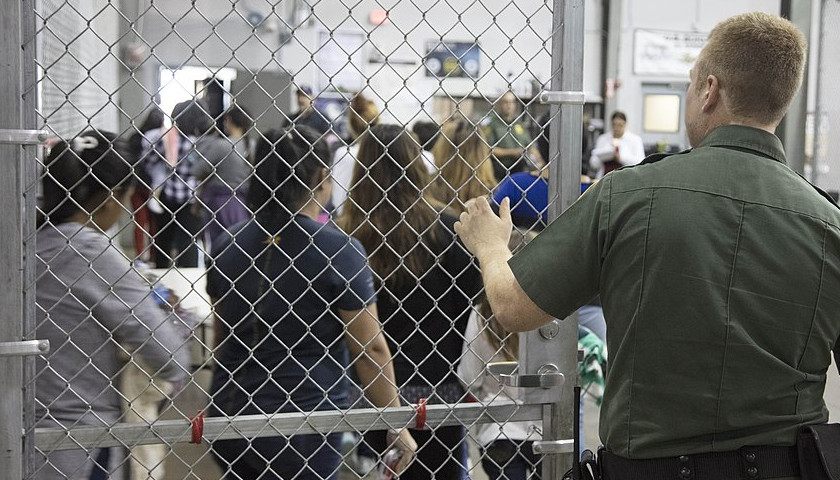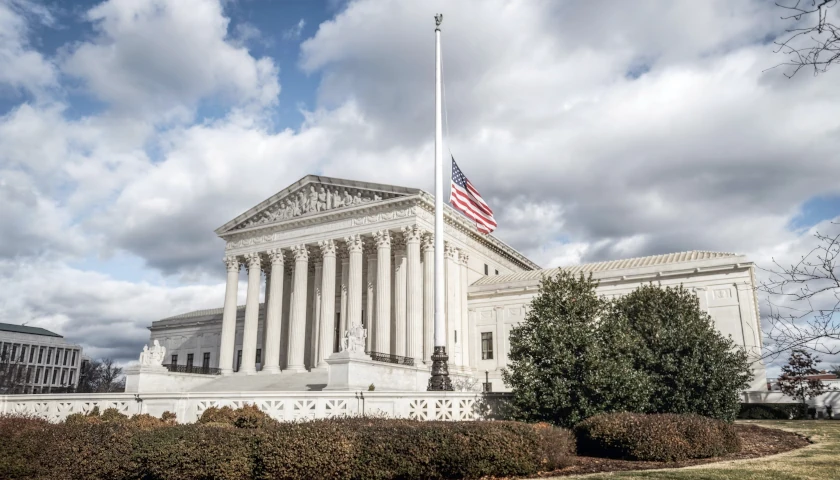by Nicole Silverio
The current migrant crisis in the U.S. will continue to worsen despite Mexico implementing travel limits on March 18 at its southern border, immigration experts say.
Mexico announced non-essential travel restrictions at its southern border due to COVID-19 as thousands of Central American migrants continue to enter the country en route to the U.S.
 “The crisis will continue, and worsen, until such time as the [Biden] administration decides to take steps to end it,” Ira Mehlman, the media director of the Federation For American Immigration Reform (FAIR), told the Daily Caller News Foundation.
“The crisis will continue, and worsen, until such time as the [Biden] administration decides to take steps to end it,” Ira Mehlman, the media director of the Federation For American Immigration Reform (FAIR), told the Daily Caller News Foundation.
Mehlman told the DCNF that Mexico’s efforts to control the surge of migration across its southern border is beneficial to the U.S.’ migrant crisis, but the policies will not solve the issue entirely due to President Joe Biden’s immigration initiatives. On Feb. 2 Biden reinstated catch-and-release and suspended the Remain In Mexico policy allowing migrants to remain in the U.S. while awaiting trial.
“Any Mexican effort to secure its own southern border and prevent people from transiting their country in order to reach the United States are certainly welcome and would have some beneficial effect,” Mehlman told the DCNF. “But, as long as the Biden administration is doing its best to decimate any semblance of order on our own border, the crisis will persist.”
“Mexico can only do so much,” Mehlman continued. “The rest is up to the guy in the White House.”

Domingo Garcia, president of the League of United Latin American Citizens (LULAC), told the DCNF that shutting Mexico’s border will reduce but not end migration.
“It will slow down, they’ll come in smaller groups,” he said. Garcia mentioned that migrants are traveling to the United States in caravans. Roughly 8,000 migrants left Honduras in a caravan in January, CNN reported.
On Saturday, the Mexican government detained 95 Central American and Cuban migrants including eight unaccompanied minors, according to the Associated Press. In February, 100,000 migrants were detained at the U.S.’ southern border, a 28% increase from January, according to Customs and Border Protection.
Hurricanes Eta and Iona devastated the people of Honduras, Guatemala and Nicaragua in November which contributed to the surge of migration at the southern border, according to Fox News. The hurricanes left at least 94 people dead and negatively impacted 4 million people in Honduras, according to Amnesty International.
Mehlman said the hurricanes are a “push factor” to the surge in immigration.
“While the current crisis is largely the result of the “pull factors” in place by Biden, there is no denying that there are “push factors” in the home countries. Hurricanes will obviously exacerbate existing push factors like widespread government corruption in the sending countries that has resulted in widespread poverty and crime,” Mehlman told the DCNF.
Nearly half of all migrants apprehended at the southern border in February originated from Guatemala and Honduras, according to The Pew Research Center.
– – –
Nicole Silverio is a reporter at Daily Caller News Foundation.





